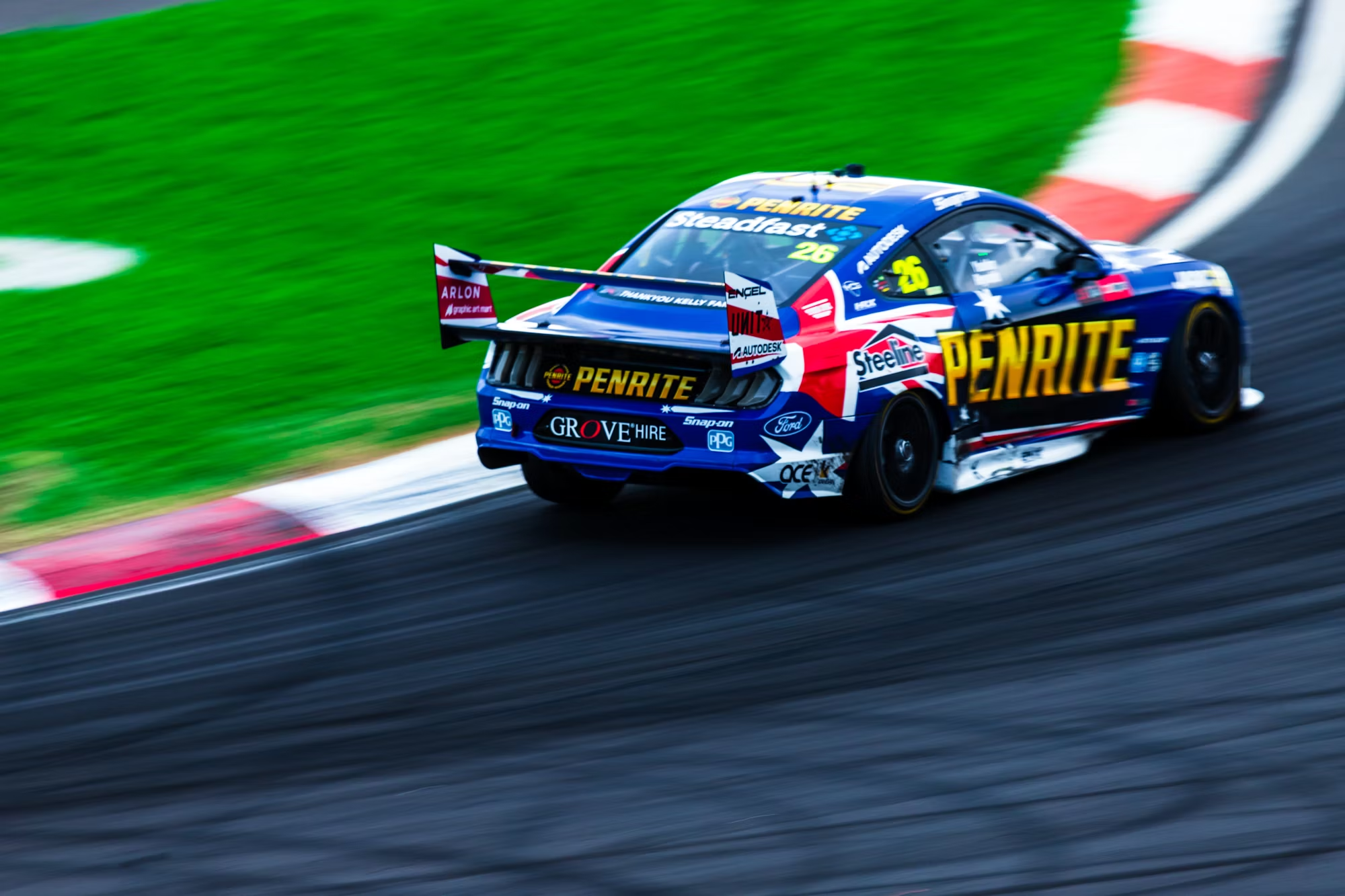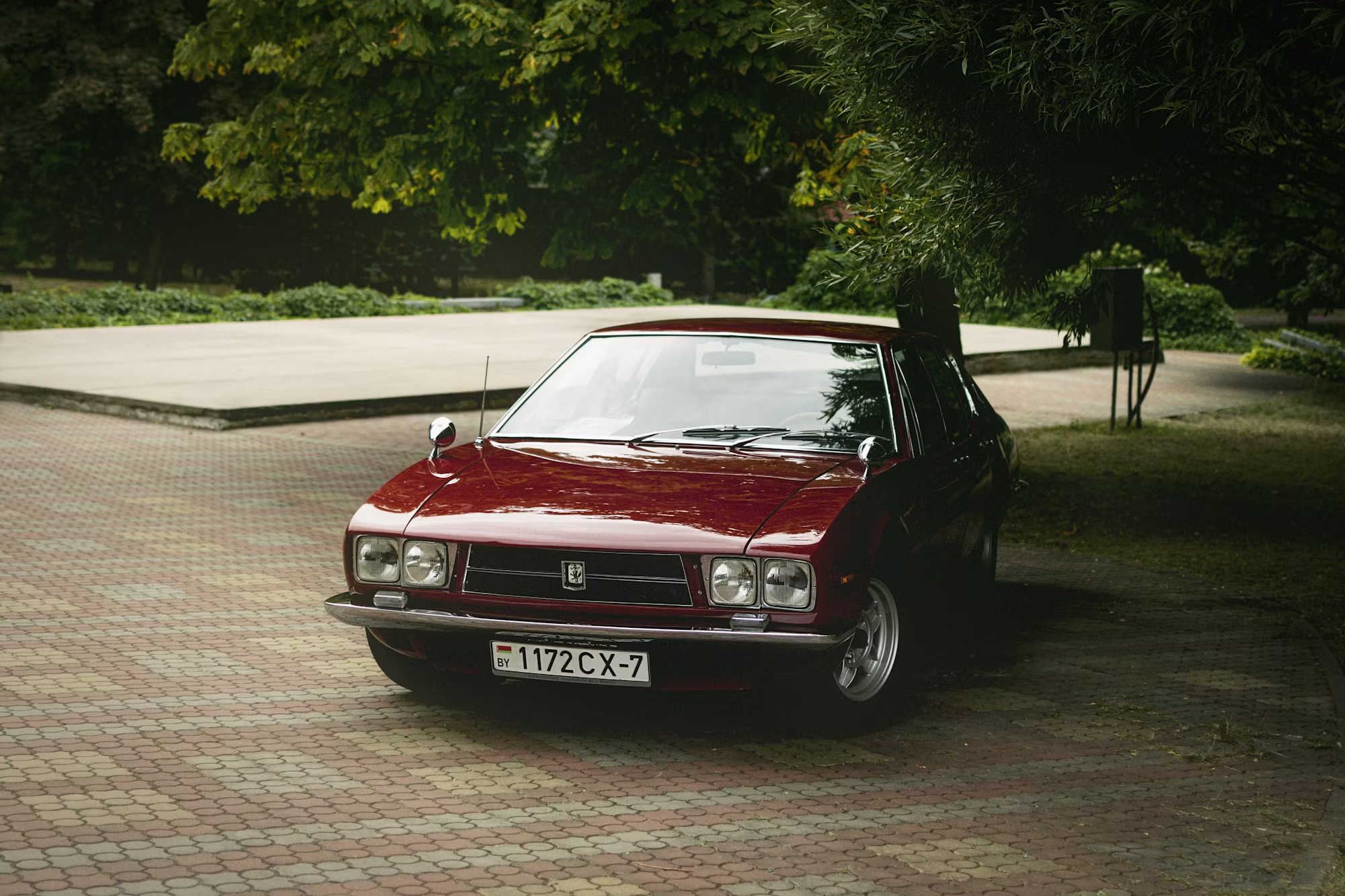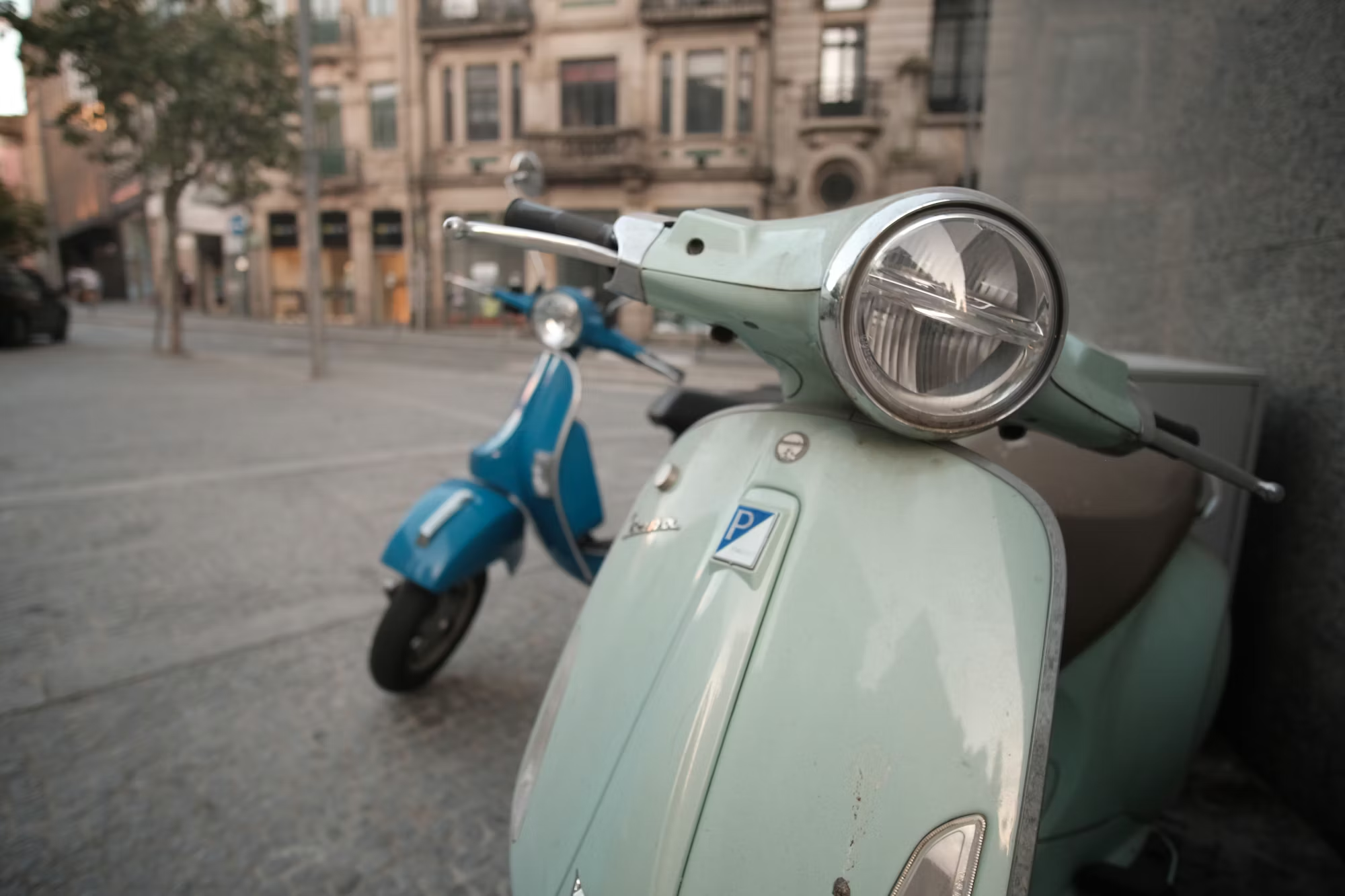The world of supercars is a fascinating blend of art and engineering, where aesthetics meet performance in the most exhilarating ways. Over the decades, supercar design has evolved dramatically, influenced by technological advancements, changing consumer preferences, and the relentless pursuit of speed. In this article, we will delve into the evolution of supercar design, highlighting key innovations, iconic models, and the visionary thinkers who have shaped this thrilling segment of the automotive industry.
Supercars have their roots in the early 20th century, but it was during the 1950s and 1960s that the concept began to crystallize. Manufacturers like Ferrari and Maserati started to produce cars that not only performed exceptionally but also showcased stunning designs. The Ferrari 250 GTO, released in 1962, is a prime example of this fusion of form and function. With its sleek lines and powerful V12 engine, the 250 GTO became an icon, revered for both its racing pedigree and its timeless beauty. Its success on the racetrack, coupled with its striking appearance, set a standard for future supercars.
The late 1960s saw the introduction of another game-changer: the Lamborghini Miura. Often hailed as the first true supercar, the Miura featured a mid-engine layout, a revolutionary design that shifted the paradigm of performance vehicles. Its V12 engine, coupled with its low-slung profile and aggressive styling, captured the imagination of enthusiasts worldwide. The Miura’s influence can still be seen in modern supercars, as it paved the way for a generation of vehicles focused on aerodynamics and performance.
As the automotive industry entered the 1980s, supercars began to incorporate new technologies that enhanced their capabilities. Turbocharging became a popular feature, enabling manufacturers to extract more power from smaller engines. The Porsche 959, introduced in 1986, was a landmark vehicle that utilized this technology, combining a sophisticated all-wheel-drive system with a twin-turbocharged flat-six engine. Its performance was astonishing, achieving a top speed of 197 mph, while its design blended functional aerodynamics with distinctive styling, solidifying Porsche’s reputation in the supercar arena.
The 1990s marked a period of fierce competition among manufacturers striving to produce the fastest and most technologically advanced vehicles. The McLaren F1, launched in 1992, redefined what a supercar could be. With its central driving position, lightweight carbon-fiber construction, and BMW-sourced V12 engine, the F1 achieved a top speed of 240 mph, a record that stood for over a decade. Its minimalist yet functional design prioritized driver experience and performance, showcasing the potential of advanced materials in automotive engineering.
During this era, the Bugatti Veyron emerged as a symbol of automotive opulence and performance. Launched in 2005, the Veyron’s quad-turbocharged W16 engine produced over 1,000 horsepower, propelling it to a top speed of 267 mph. Bugatti’s focus on luxury and power was evident in its design, which combined aggressive lines with refined elegance. The Veyron not only set new benchmarks for speed but also showcased how advanced engineering could create a vehicle that was both a high-performance machine and a statement of luxury.
As the 21st century progressed, the automotive landscape began to shift towards sustainability, prompting manufacturers to explore hybrid and electric technologies. The Ferrari LaFerrari and Porsche 918 Spyder exemplified this transition, merging traditional internal combustion engines with electric motors to create vehicles that offered exceptional performance while addressing environmental concerns. The LaFerrari, with its hybrid powertrain delivering a staggering 950 horsepower, demonstrated how supercars could evolve while remaining true to their performance roots.
The rise of electric supercars has introduced a new era of design possibilities. Rimac, with its all-electric C_Two, pushes the boundaries of performance, achieving 1,914 horsepower and a top speed of 258 mph. This hypercar not only showcases the capabilities of electric propulsion but also emphasizes the role of innovative design in enhancing aerodynamics and performance. The C_Two’s futuristic aesthetics reflect a shift towards sustainability without sacrificing the thrill of driving, attracting a new generation of enthusiasts.
Moreover, the advent of advanced technologies such as artificial intelligence, autonomous driving features, and connectivity is reshaping the design philosophy of supercars. Manufacturers are now focusing on creating vehicles that offer an immersive driving experience, integrating infotainment systems that enhance driver engagement. The Mercedes-AMG One, with its Formula 1 hybrid technology, represents the cutting edge of performance and innovation, blurring the lines between racing and road-going vehicles.
The emotional connection between enthusiasts and supercars cannot be overlooked. For many, these vehicles symbolize a passion for speed, luxury, and the thrill of engineering excellence. Car shows and events like the Goodwood Festival of Speed provide a platform for fans to celebrate their love for supercars, where they can admire the craftsmanship and innovation that goes into each model. This sense of community and shared enthusiasm fosters a culture that cherishes the artistry of automotive design.
As we look to the future, it is clear that the evolution of supercar design will continue to be driven by innovation and creativity. The integration of sustainable technologies, coupled with a focus on performance and aesthetics, will shape the next generation of vehicles. Manufacturers will strive to create supercars that are not only powerful and fast but also environmentally conscious, ensuring that the thrill of driving remains alive for future generations.
In conclusion, the journey of supercar design is a testament to human ingenuity and the relentless pursuit of excellence. From the iconic lines of the Ferrari 250 GTO to the cutting-edge technologies of electric supercars, each era has brought forth vehicles that push the boundaries of what is possible. As automotive design continues to evolve, the allure of supercars will undoubtedly endure, inspiring enthusiasts and engineers alike to dream bigger and aim higher.



